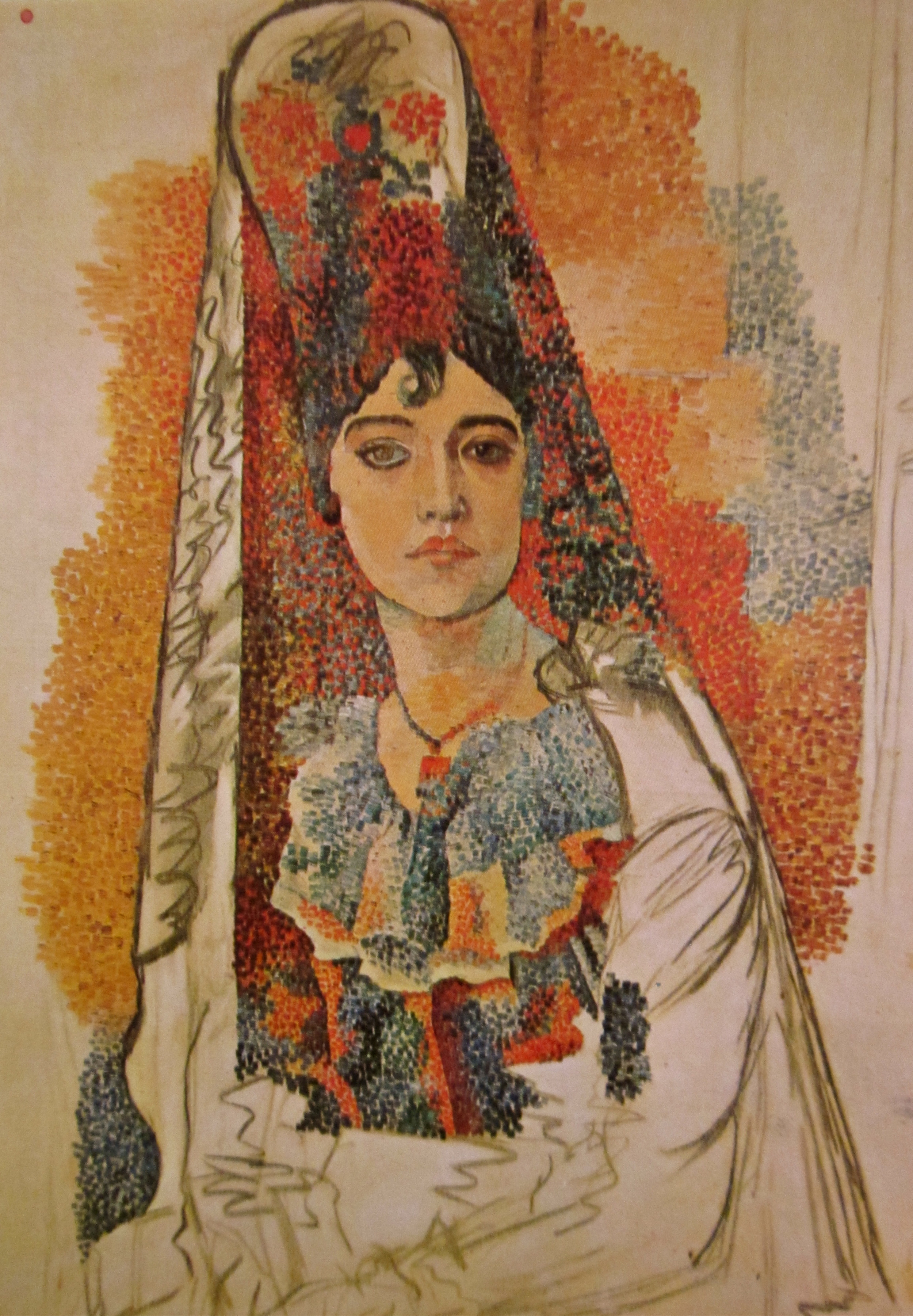Unfinished artworks give off an aura of mystery. Were the works left incomplete by accident, or was it an intentional choice on the part of the artist?
Some of the most enigmatic and beautiful art — both for its unique aesthetic and intriguing historical context — is that which was left unfinished.
Read More





